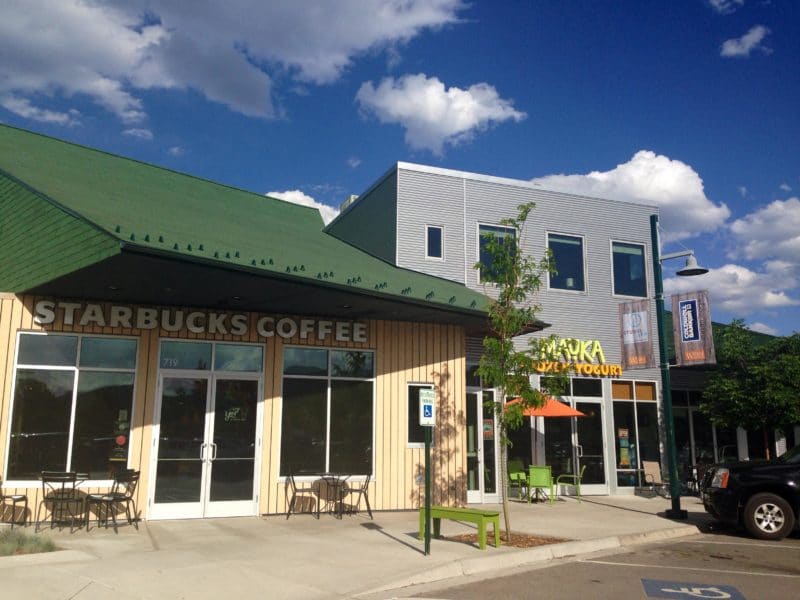Commercial and mixed-use development trends have changed course in recent years. Retailers are seeking smaller spaces and “right-sizing” their locations. Young shoppers, accustomed to buying online, are still shopping at brick-and-mortar locations, but now seek a complete shopping “experience,” which includes a desire for amenities and activities nearby.
With a growing desire for pedestrian amenities among homebuyers, commercial real estate is shifting away from large stores and malls on the outskirts of town, and toward walkable commercial development in an amenity-rich village center that includes a mix of shops, stores, office space, and residential.

In this report, we sought to discover if these national trends hold true in the Intermountain West, and we analyze the ways that communities can capitalize on these trends in a way that makes sense in the context of regional and local considerations.
The report is a sister study to our 2013 research, RESET: Assessing Future Housing Markets in the Rocky Mountain West, which found, among other things, that 90 percent of survey respondents would prefer living within an easy walk to other places in the community. RESET also revealed an 18.5 percent price premium for homes in compact, walkable neighborhoods.
With RESTORE, we sought to follow up on our residential market by seeking answers to these questions about the commercial real estate markets in Colorado, Wyoming, Idaho, and Montana:
- How are commercial markets changing, both nationally and in the Rocky Mountain West?
- Is mixed-use development occurring in the Rocky Mountain West, and if so, how successfully?
- What are the opportunities and challenges associated with mixed-use development?
- Are some communities better suited for certain types of mixed-use development than others?
- What are common elements of and strategies for successful mixed-use development?
In seeking these answers, the RESTORE report examines the commercial and mixed-use development landscape, and provides in-depth analysis of 32 towns and cities in Colorado, Wyoming, Montana, and Idaho to help determine how developers, investors, government officials, and business owners can properly capitalize on these trends.
TOWNS & CITIES STUDIED IN THE REPORT
(Tier A): Durango, Colo.; Fort Collins, Colo.; Grand Junction, Colo.; Loveland, Colo.; Parker, Colo.; Telluride, Colo.; Boise, Idaho; Meridan, Idaho; Billing, Mont.; Bozeman, Mont.; Casper, Wyo.; and Cheyenne, Wyo.;
(Tier B): Basalt, Colo.; Carbondale, Colo.; Eagle, Colo.; Glenwood Springs, Colo.; Rifle, Colo.; Coeur d’Alene, Idaho; Idaho Falls, Idaho; Nampa, Idaho; Helena, Mont.; Kalispell, Mont.; Missoula, Mont.; Jackson, Wyo.; Laramie, Wyo.; and Sheridan, Wyo.;
(Tier C): Buena Vista, Colo.; McCall, Idaho; Salmon, Idaho; Sandpoint, Idaho; Teton County, Idaho; and Red Lodge, Mont.
Click below to view and download the RESTORE report and summary.
Economy
|
Land Use

